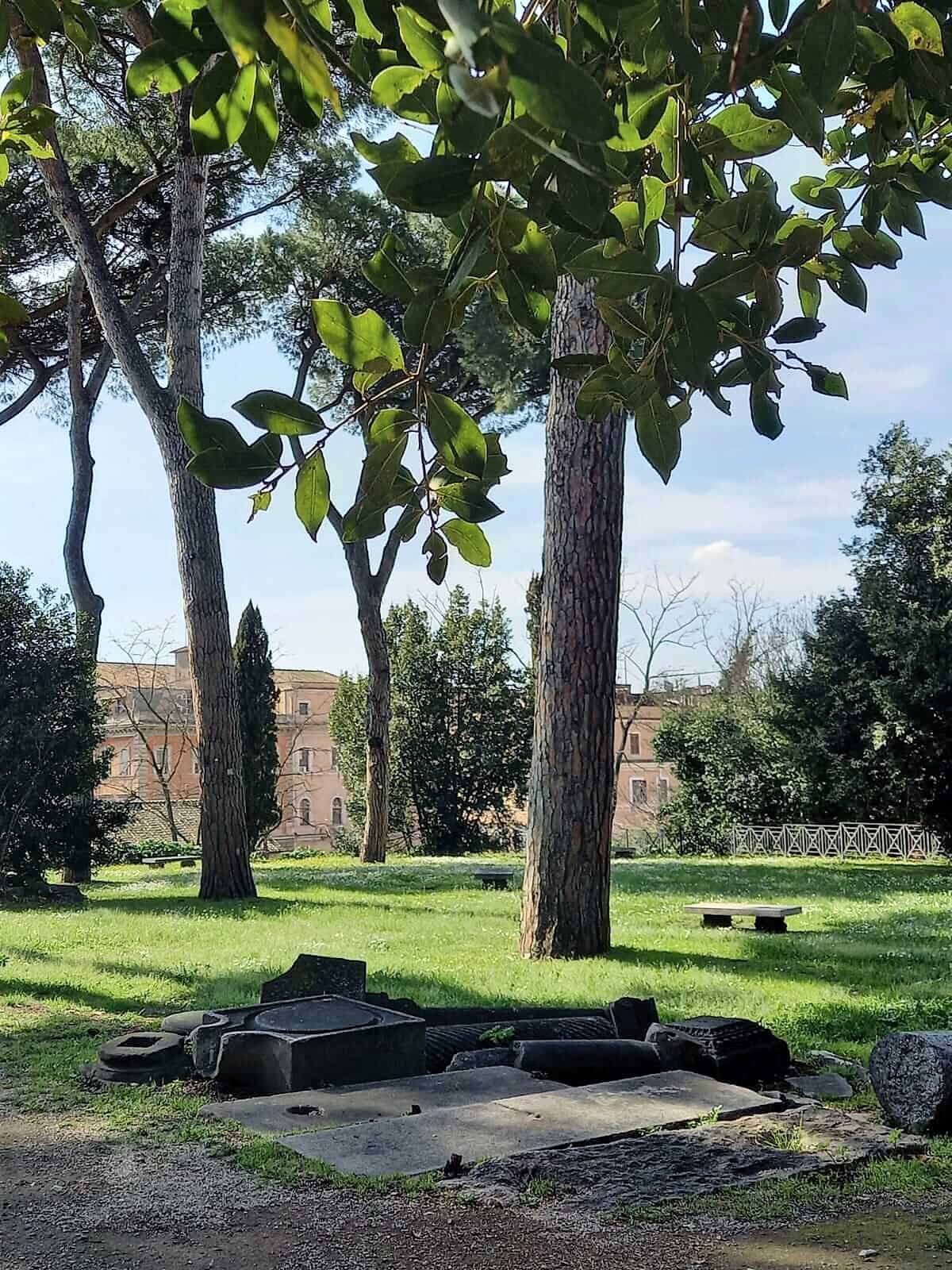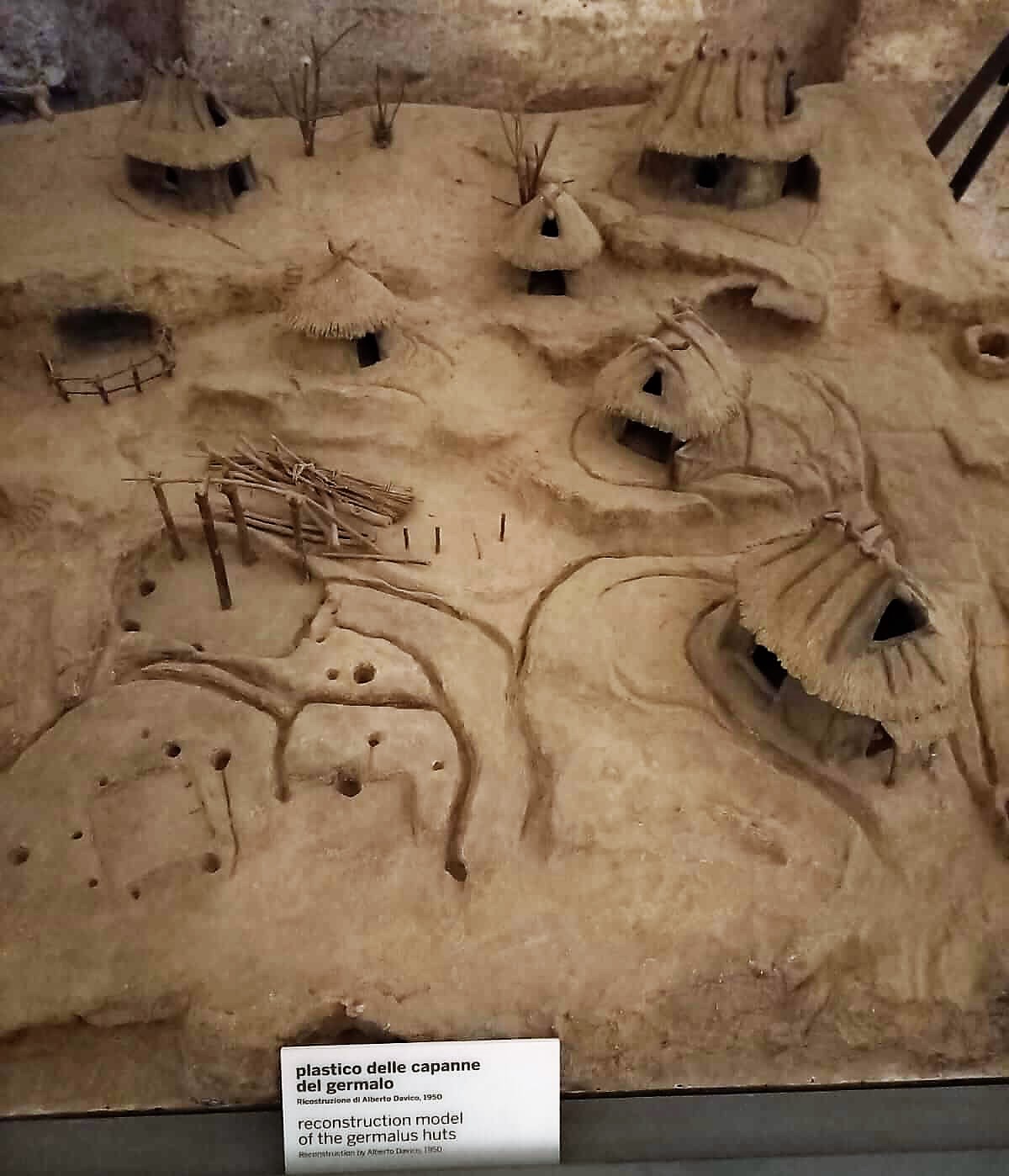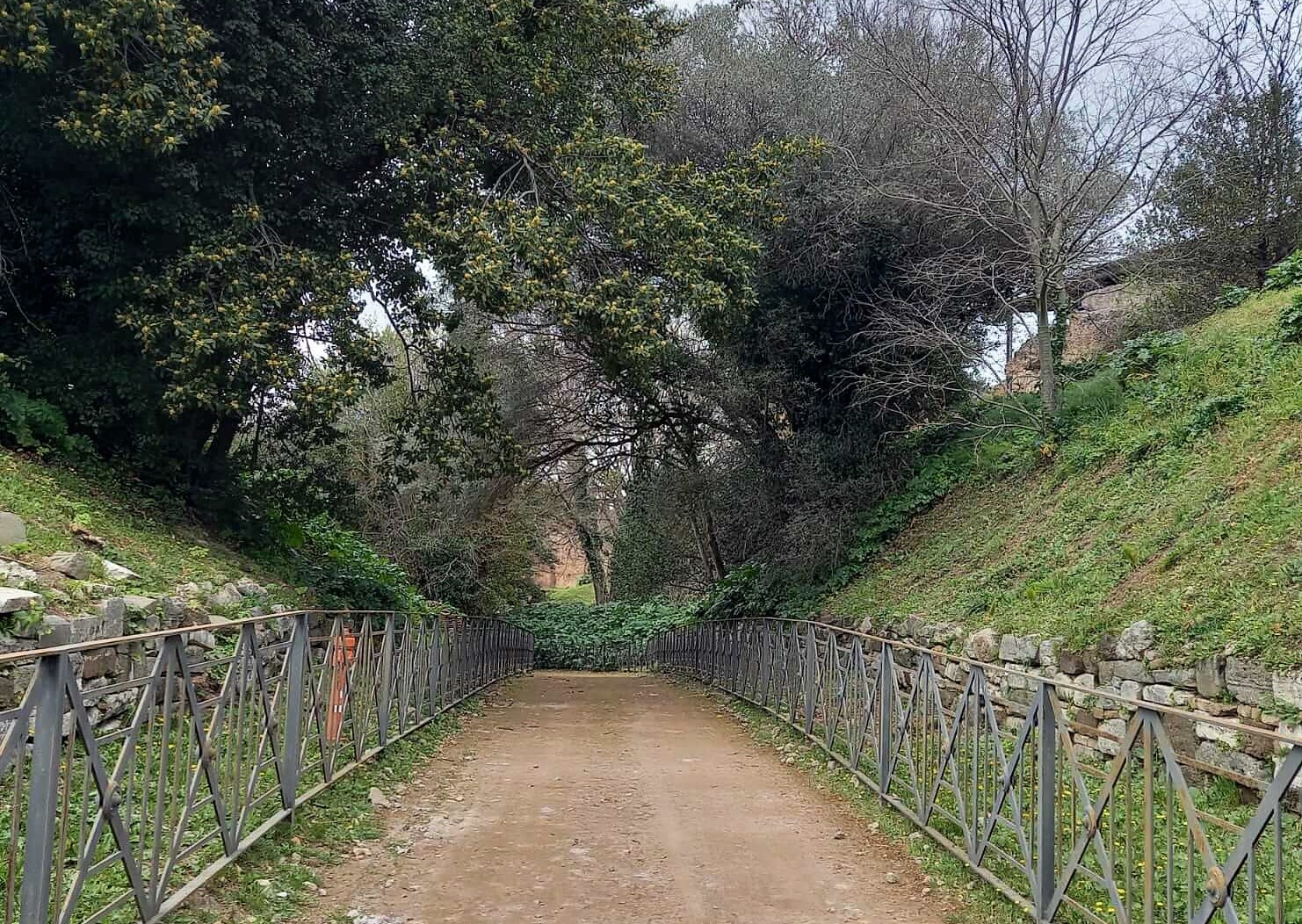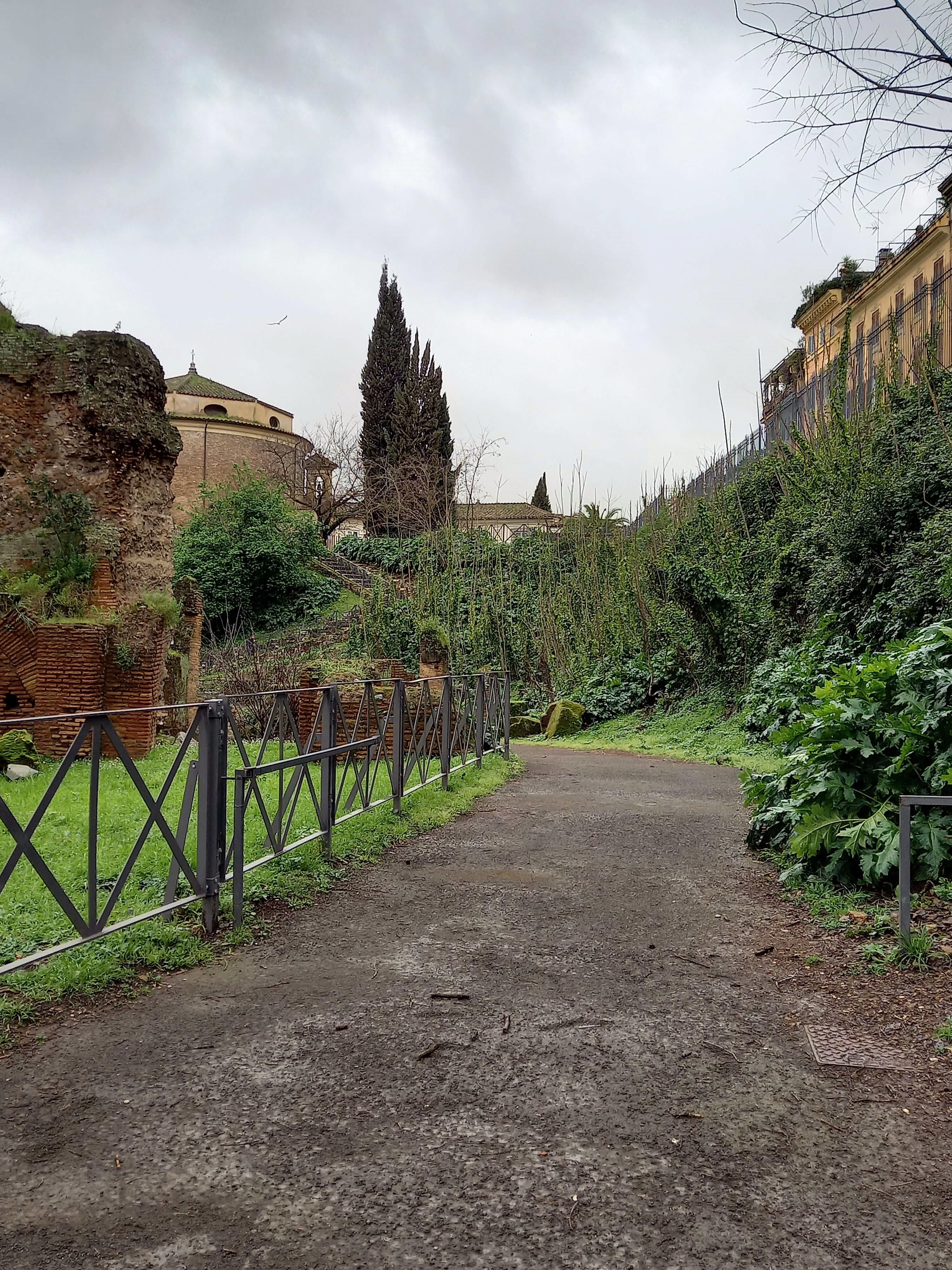
If you decide to visit the Colosseum Archaeological Park, I absolutely recommend a route on the southern slopes of the Palatine Hill, the most significant of the seven hills. According to legend indeed, it is right here that Romulus, the first, mythical king of Rome, founded the city in 753 BC.
The path, opened to the public in March 2019, is accessible both from the so-called Severan Arcades, the last extension of the sumptuous imperial palace built by Emperor Septimius Severus in the 3° century AD, and from the Roman Forum, behind the Basilica Julia, through the Vicus Tuscus, a very ancient street of Rome within the Etruscan district famous for its workshops.
Outside the Park, the itinerary follows the streets of San Gregorio, dei Cerchi and San Teodoro.
In a Grand Tour air thanks also to the "Parco Green" project that promotes the reduction of the environmental impact and the preservation of the ecosystem within the 44 hectares of the Archaeological Park - and that has shielded a good part of the southern slopes with natural anti-smog and anti-noise barriers - the route is a journey from the Iron Age to the Middle Age in a bit more than 1 mile.
In fact, though you are right in the middle of the chaotic and busy center of contemporary Rome, you will walk most of the path in complete silence, admiring the remains of the ancient splendor immersed in lush vegetation that at times reminds you of a countryside (and of Goethe in the portrait his painter friend Tischbein made of him!). If you plan your visit in springtime, you will be greeted by dense expanses of acanthus in bloom - the plant that, according to Vitruvius (De architectura IV, 8-10) inspired the Athenian sculptor Callimachus to create the Corinthian capital - bushes of fragrant aromatic herbs, all sort of colored flowers and scents of resin. Did you know that on the Palatine, right next to the Temple of the Magna Mater, Cybele, there are beehives and honey is produced?
Personally, I prefer to start my walk along the slopes from the Vicus Tuscus, passing under the purple branches of a majestic hackberry tree (Celtis Australis) planted like a guardian at the edge of the path about a century ago.
On this side of the hill (via di San Teodoro), you can see the mighty substructures that support the Domus Tiberiana (first century AD) and the western side of the Palatine itself, the retaining walls up to 20 meters high that support the hill threatened on this side since ancient times by erosion phenomena.
But what I like the most is definitely the clearing at the foot of the so-called Scalae Caci (Stairs of Cacus), at the end of the short climb near the Basilica of Santa Anastasia, after the sage bushes. This place is one of the oldest accesses to the Palatine Hill from the Foro Boario, the ancient cattle market, closely linked to the myths of Hercules, the salt trade, the Tiberina Island, the river Tiber and the legend of the twins Romulus and Remus.
In fact, the mythical Lupercal, the cave where, according to legend, the she-wolf would have suckled the twins, would be right here, 15 meters below the clearing. The environment, a small nymphaeum carved in the tuff of the hill, was discovered for the first time in the 16° century but not all scholars agree with this identification. According to tradition, the Lupercal would be located just few steps before, under the Church of Greek Orthodox worship of San Teodoro around which the path of the slopes turns almost touching its dome.
For sure however, in 1948, above the Scalae Caci, archaeologists have found the so-called Capanne Romulee, traces of a village of huts dating back to the age in which the legend places the foundation of Rome. On the ground, there are signs left by the poles that supported the roof.
Right here, a few years before the decisive battle of Actium (31 B.C.) against Mark Anthony and Cleopatra, Octavian, who was to become the first emperor of Rome, wanted to build his house, symbolically linking his image to the legendary figure of the first king.
As soon as the Colosseum Archaeological Park reopens its gates, these silent sites that preserve our oldest memory will be open again. And perhaps, it will still be spring, I hope.


Federica



